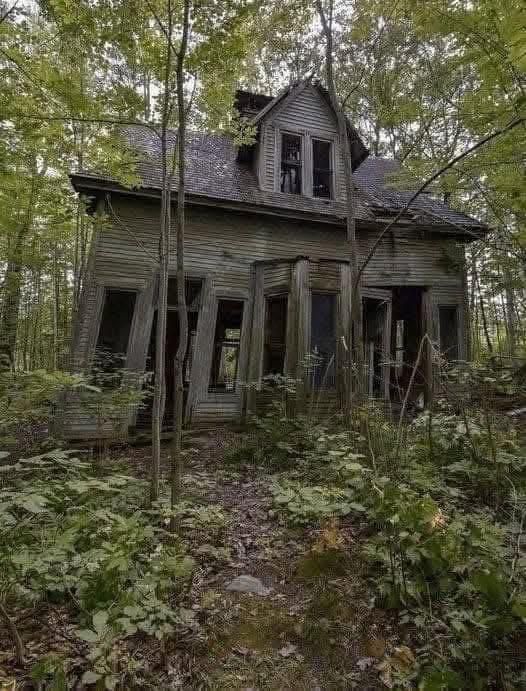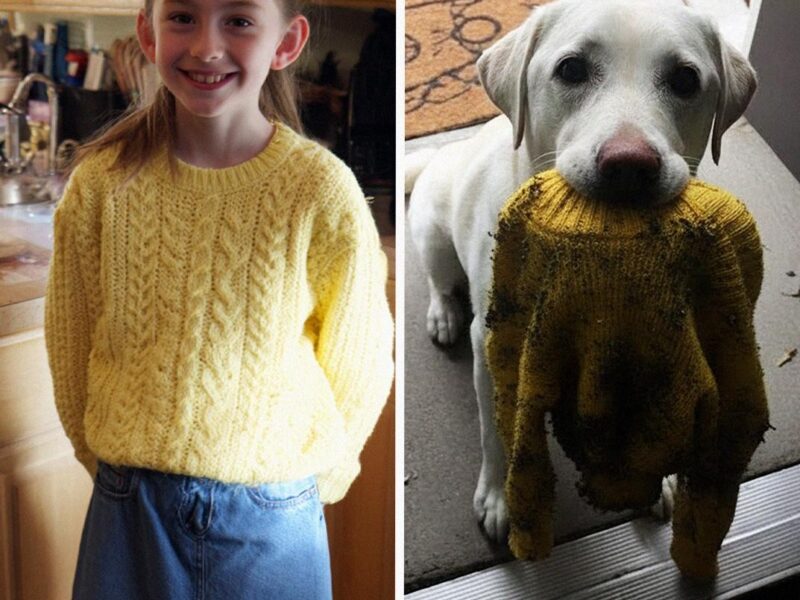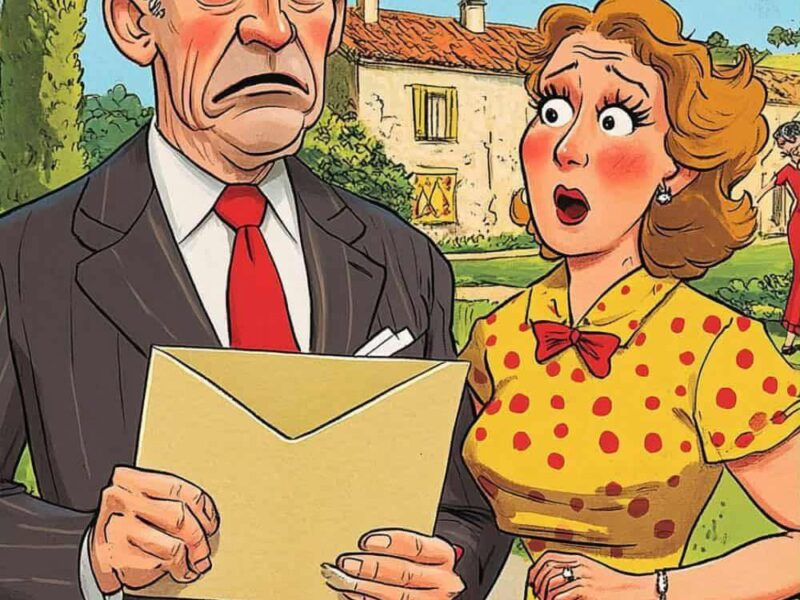When he first saw the house, it looked more like a memory than a home. Built in 1889, the structure had endured time’s quiet violence — weather-beaten wood, broken glass, a sagging porch, and a roof that wept every time it rained. The walls leaned tiredly, the floors whispered underfoot, and nature had already started reclaiming what humans abandoned. Most saw a ruin. He saw potential.
No one believed it could be saved. Not the neighbors, not the realtors, not even the town inspectors. “It’s done,” one contractor said bluntly when asked for an estimate. “You’d spend more rebuilding from scratch.”
But he didn’t want new. He wanted this. The creaks, the ghosts, the bones of something that had once mattered.
The First Day
He bought it anyway — against reason, against advice, against the arithmetic of renovation. On that first morning, he stood in the living room surrounded by dust motes and silence. Sunlight leaked through fractured windows, casting thin golden lines across the decay. The smell of rot and rain hung in the air. It was overwhelming, but not hopeless. “Old houses don’t die,” he said quietly. “They wait.”
And so began a two-year restoration that would test his patience, his budget, and his belief in second chances.
Beauty Beneath the Broken
The first months were about survival — stabilizing the foundation, replacing beams, clearing debris. But even in those hard, dirty days, he found signs of the home’s former grace. Hand-carved trim beneath layers of paint. Cast-iron radiators still proud despite the rust. A stained-glass window — shattered but salvageable — that once scattered color into a forgotten parlor.
Every blistered plank, every chipped brick told a story. Instead of replacing them with modern replicas, he chose to repair them. “You don’t erase 130 years of history,” he explained later. “You honor it.”
He spent nights sanding boards by hand, one at a time, refusing shortcuts. He mixed plaster the old way, tuned the creaks out of century-old floorboards, and hunted down hardware that matched the house’s original era.
Bit by bit, the house began to breathe again.
The Transformation
By the time the roof was resealed and the windows restored, the house had already started whispering something new — not just endurance, but rebirth.
Inside, five bedrooms and an office now glow with warmth and quiet confidence. The floors — handcrafted from five types of wood — shine with a richness that only time can give. The stained-glass panels, painstakingly reassembled, once again scatter light across the hallway in streaks of red, amber, and emerald.
In the kitchen, he left the old brick chimney exposed. “You can’t fake character,” he said. “You either save it, or you lose it forever.”
Outside, the gardens are unrecognizable. What used to be a jungle of weeds has turned into a sanctuary — roses along the fence, lavender under the windows, and a stone path winding toward a restored porch. Where once there was rot, there is now life.
The Emotional Architecture
But this wasn’t just about nails and wood. Somewhere along the way, the restoration became something else — a kind of healing.
He’d bought the house shortly after losing someone close, a grief that left him searching for something solid to rebuild. The project gave him structure when everything else felt uncertain. “I guess I needed to fix something outside of me before I could fix what was inside,” he said.
That’s the thing about old houses — they demand patience, empathy, and the ability to see past damage. The same qualities you need to heal yourself.
Every coat of paint, every repaired corner became symbolic. “Restoration isn’t about making something look new,” he said. “It’s about giving it permission to matter again.”
The Reveal
When it was finished, even the neighbors who once rolled their eyes came to see. They walked through in disbelief, touching the polished banisters, staring at ceilings reborn with tin tiles and light fixtures that looked plucked from another century.
“It’s hard to believe it’s the same place,” one woman said, her voice catching.
“It’s not,” he replied. “It’s better. It’s alive again.”
He never listed it for sale. He didn’t flip it for profit or turn it into an Airbnb. He moved in — because this wasn’t a project; it was a promise.
Now, on quiet mornings, sunlight pours through the stained glass and washes across the walls, tracing the scars and the beauty side by side. The floors creak softly, as if the house is exhaling. The garden hums with bees, and the air smells faintly of cedar and possibility.
Every room whispers: You belong here.
What the House Taught
To the untrained eye, it’s just a beautiful old home brought back from ruin. But to those who understand the deeper rhythm of things, it’s more. It’s proof that not everything broken needs replacing — that some things just need someone to care enough to start again.
In a world obsessed with the new, the house stands as quiet resistance — a celebration of endurance, imperfection, and the belief that nothing is beyond saving.
He likes to joke that the house saved him back. Maybe he’s right.
A Message Beyond the Walls
Stories like this spread because they remind us of something we forget too easily: that beauty doesn’t always come from perfection. It comes from persistence — from the refusal to let decay be the final word.
When he shared the before-and-after photos online, they went viral. Not because of luxury or extravagance, but because of soul. The comment sections filled with people writing things like, “I needed to see this today.”
And maybe that’s why this story matters. It’s not really about architecture. It’s about empathy. It’s about choosing to love what everyone else has walked away from — whether that’s a house, a dream, or yourself.
The Magic of Restoration
Now, the old 1889 house stands proud again — not polished to sterile perfection, but alive in all its restored imperfection. Every scar is visible. Every repair is honest. And when the afternoon sun hits the stained glass just right, the entire hallway fills with colors that feel like forgiveness.
Because sometimes, the most magical homes aren’t new — they’re rescued.
And sometimes, the act of saving something forgotten teaches us what it means to save ourselves.
If this story stirred something in you, share it. Let it remind someone that what feels beyond repair might just be waiting for the right hands, the right heart, and a little belief that even ruins can rise again.
Because beauty isn’t built. It’s reclaimed.
And somewhere out there, another house — another life — is waiting for its turn to shine again.


